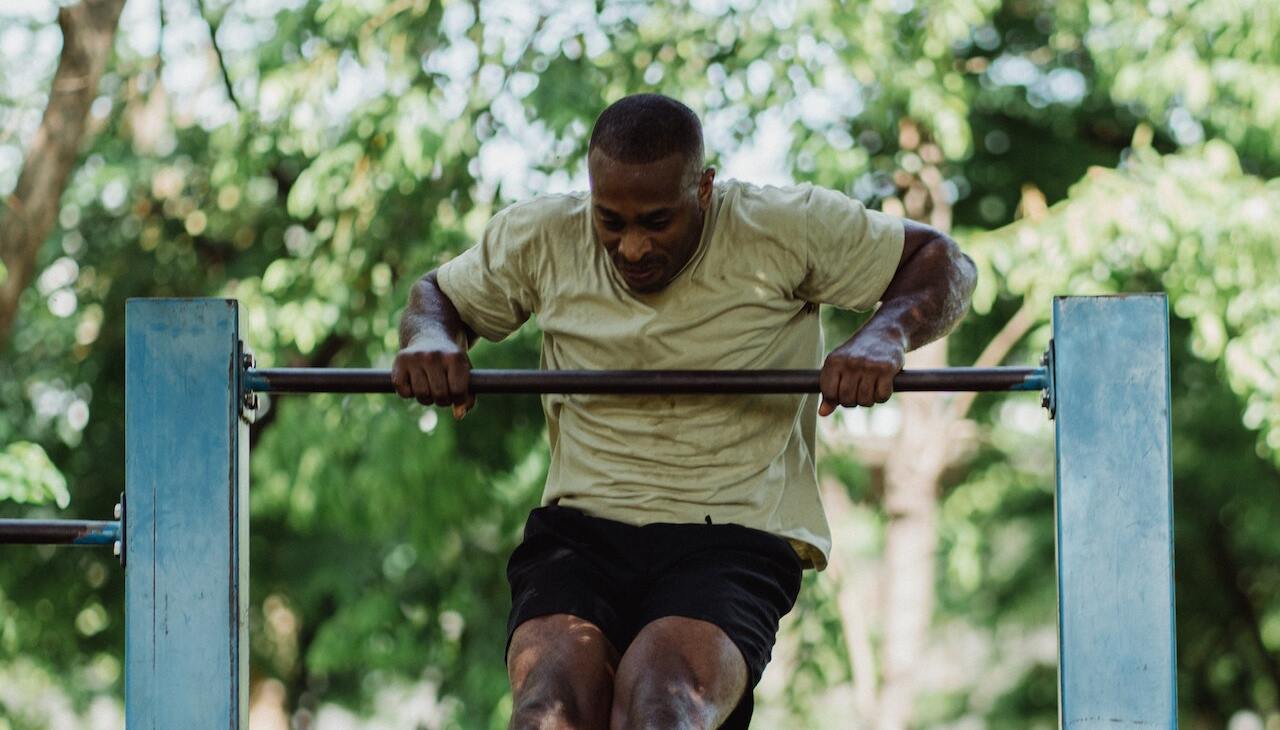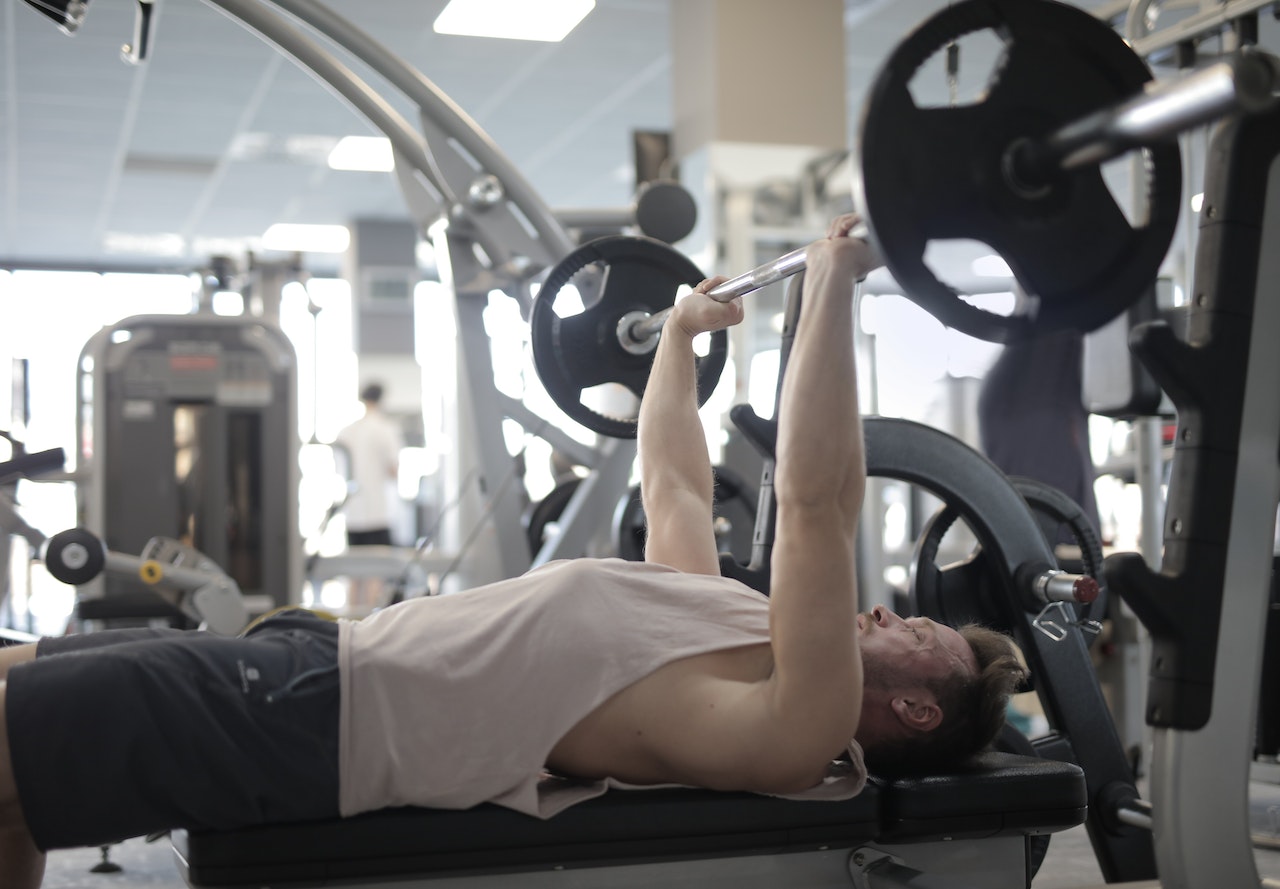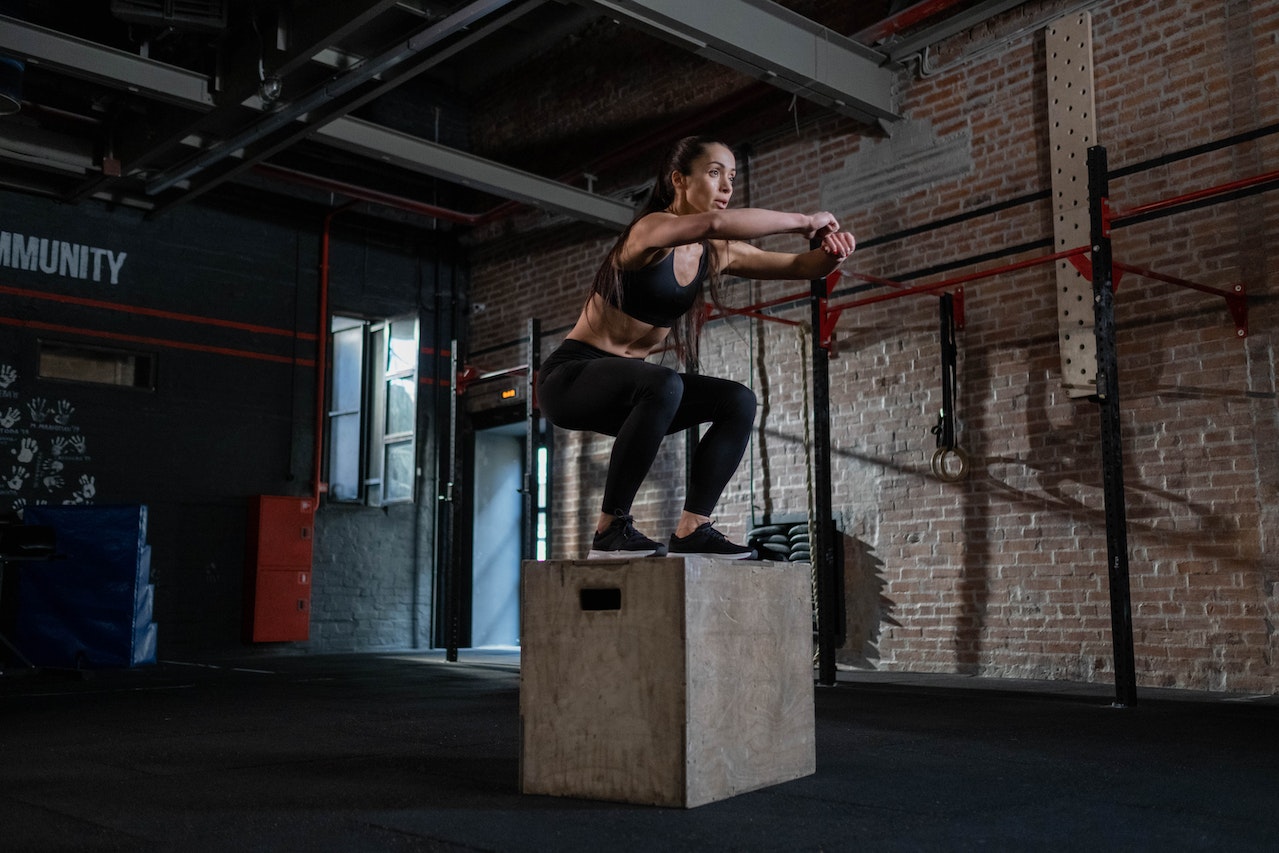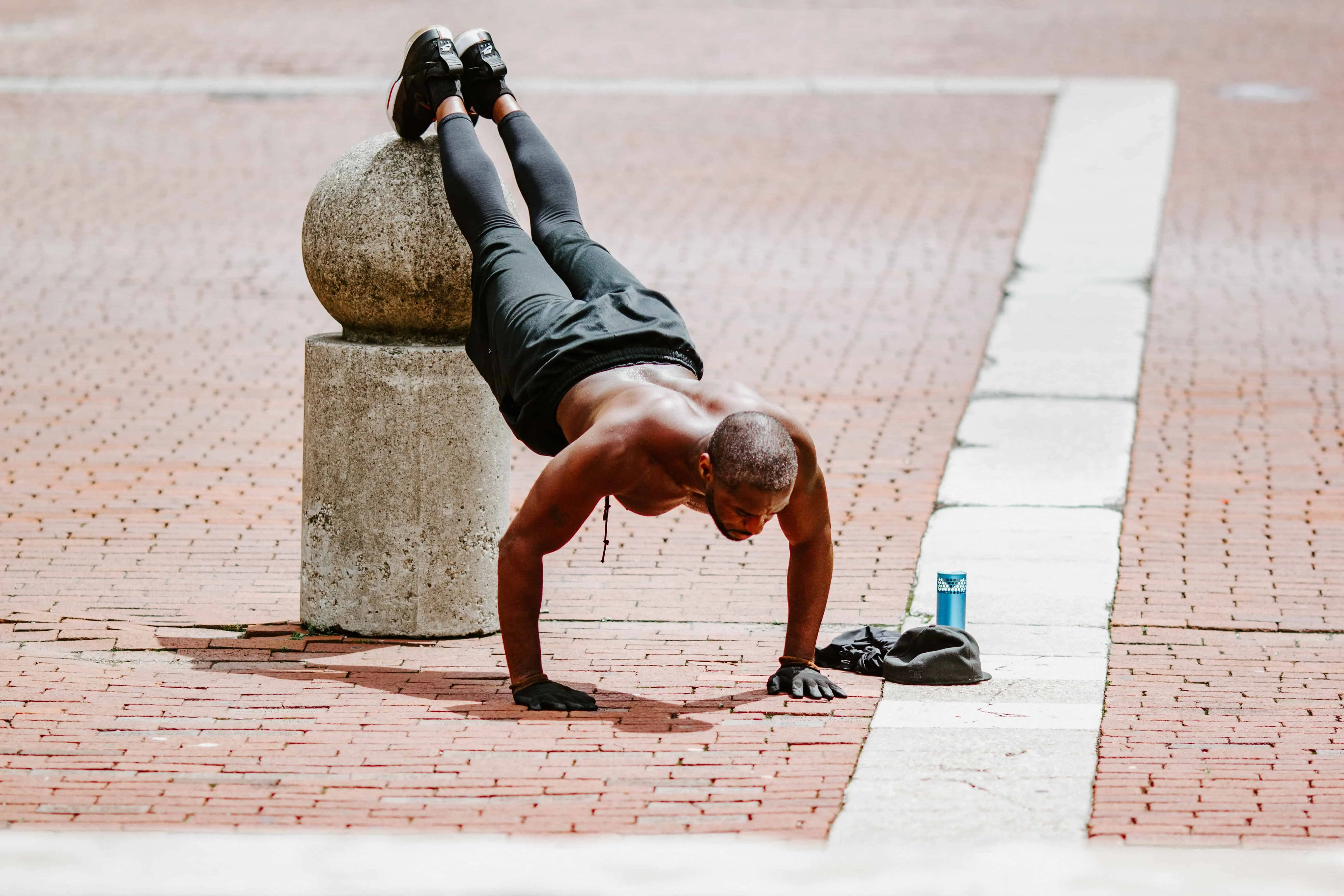How to Master the Perfect Pull-Up: A Comprehensive Guide to Proper Technique
Topic - Exercises
Published by ROVFIT | 06.12.2023
The information and products featured on this website are intended for educational and informational purposes only.
We are not responsible for any injuries, illnesses, or negative outcomes that may occur from using this information.

The pull-up is a classic exercise that not only builds upper body strength but also tests your overall physical fitness. It targets the muscles of your back, shoulders, and arms, making it a staple in any comprehensive training routine. However, mastering the perfect pull-up can be a challenge for many individuals. In this article, we will provide you with a comprehensive guide to mastering the pull-up, focusing on proper technique, progressions, and tips to help you achieve this impressive feat of strength.
Understanding the Pull-Up:
Before diving into the specifics of proper technique, it's important to understand the mechanics of the pull-up. A pull-up is performed by gripping a horizontal bar with an overhand grip, palms facing away from you, and using your upper body muscles to lift your body until your chin is above the bar. The primary muscles engaged during a pull-up include the latissimus dorsi (lats), rhomboids, biceps, and the muscles of the upper back and shoulders.
Developing the Required Strength:
To master the pull-up, it's crucial to develop the necessary upper body strength. Start by incorporating exercises that target the muscles involved in the pull-up, such as lat pulldowns, inverted rows, and assisted pull-ups using resistance bands or a machine. Gradually increase the resistance or decrease the assistance as you get stronger. By consistently challenging your muscles, you will build the necessary strength to perform a full pull-up.
Perfecting the Technique:
Proper technique is essential for performing an effective pull-up and preventing injuries. Follow these steps to ensure proper form:
-
Hang from the bar with your arms fully extended, shoulders relaxed, and a slight bend in your elbows.
-
Engage your core muscles and squeeze your glutes to create stability in your body.
-
Initiate the movement by retracting your shoulder blades and pulling your chest toward the bar.
-
Keep your elbows close to your body as you pull yourself upward.
-
Continue the ascent until your chin is above the bar, maintaining control and avoiding excessive swinging or kipping.
-
Lower yourself back down in a controlled manner, fully extending your arms to complete the repetition.
Gradual Progressions:
If you're unable to perform a full pull-up initially, don't be discouraged. Progressions are a valuable tool for building the strength and technique required for the full exercise. Consider the following progression options:
-
Dead Hang: Simply grip a horizontal bar with your palms facing away from you, fully extend your arms, and allow your body to hang freely without engaging in any movement.
-
Negative Pull-Ups: Start at the top position of the pull-up and slowly lower yourself down, focusing on maintaining control throughout the descent.
-
Assisted Pull-Ups: Use a resistance band or assistance machine to reduce the amount of body weight you are lifting.
-
Isometric Holds: Perform partial pull-ups or hold various positions within the pull-up range of motion to build strength and stability.
Common Mistakes to Avoid:
To maximize the benefits of your pull-up training and minimize the risk of injury, be mindful of the following common mistakes:
-
Using Excessive Momentum: Swinging or kipping can diminish the effectiveness of the exercise and increase the risk of injury. Focus on controlled movements.
-
Neglecting Proper Shoulder Engagement: Ensure that your shoulder blades are retracted and depressed throughout the movement, maintaining proper alignment and reducing stress on the shoulder joints.
-
Lack of Full Range of Motion: Aim to pull yourself up until your chin is above the bar, achieving a complete range of motion for optimal muscle activation.
-
Relying solely on the arms: Remember that the pull-up is a compound exercise that engages multiple muscle groups. Avoid relying solely on your arm strength to perform the movement. Instead, focus on engaging your back muscles, specifically the lats, to initiate and drive the pull.
Incorporating Assistance and Variations:
As you progress in your pull-up journey, you can continue to challenge yourself by incorporating different assistance techniques and variations. These can include:
-
Weighted Pull-Ups: Once you can comfortably perform multiple bodyweight pull-ups, consider adding additional weight using a weight belt, weighted vest, or holding a dumbbell between your feet.
-
Wide-Grip and Close-Grip Pull-Ups: Vary your grip width to target different muscle groups. Wide-grip pull-ups emphasize the lats, while close-grip pull-ups engage the biceps and upper back more.
-
Commando Pull-Ups: Perform pull-ups with one hand facing toward you and the other facing away. This variation places greater emphasis on the biceps and forearms.
-
Archer Pull-Ups: With a wide grip, shift your body to one side as you pull up, allowing one arm to extend further. This exercise targets the lats and improves overall pulling strength.
Consistency and Patience:
Mastering the pull-up requires consistency and patience. It is a challenging exercise that may take time to perfect. Be consistent with your training, dedicating specific days or sessions to pull-up practice. Gradually increase the number of repetitions or decrease assistance as your strength improves. Stay patient and trust in the process, celebrating each small milestone along the way.
Injury Prevention and Recovery:
To prevent injuries and aid in recovery, it's crucial to listen to your body. If you experience pain or discomfort, take a break and allow sufficient time for rest and recovery. Incorporate stretching and mobility exercises for your upper body, especially the shoulders and wrists, to maintain flexibility and prevent imbalances. Proper warm-up and cool-down routines are also essential in preparing your muscles for the demands of the pull-up and aiding in recovery.
Conclusion:
Mastering the perfect pull-up requires dedication, proper technique, and a systematic approach to strength development. By focusing on developing the necessary strength, perfecting your form, incorporating progressions, and staying consistent in your training, you can achieve the impressive feat of performing pull-ups with ease. Remember to be patient, embrace the challenge, and celebrate your progress along the way. The pull-up is not just an exercise; it's a testament to your strength, determination, and commitment to a healthier and fitter you.
More Articles

How to Bulk Properly this Winter with Bodyweight Workout AKA Calisthenics
Published by ROVFIT | 01.07.2024

Top 5 Calisthenics Challenges to Test Your Endurance and Strength
Published by ROVFIT | 08.21.2023

Push Up vs. Bench Press: An In-Depth Research-Based Comparison
Published by ROVFIT | 08.15.2023

Top 5 Bodyweight Exercises for Developing Explosive Power and Speed
Published by ROVFIT | 08.14.2023

Get Your Personal Workout Plan
in Less Than 1 Minute!
Ready to achieve your fitness goals? Take our quick quiz and get a workout plan tailored for you!
Get My Plan